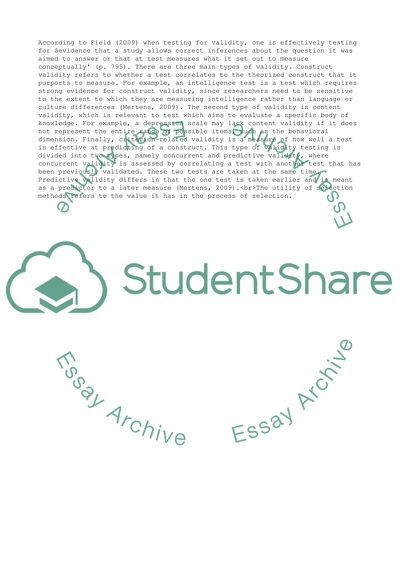Cite this document
(“Personnel Selection and Assessment Research Paper”, n.d.)
Retrieved from https://studentshare.org/management/1566711-personnel-selection-and-assessment
Retrieved from https://studentshare.org/management/1566711-personnel-selection-and-assessment
(Personnel Selection and Assessment Research Paper)
https://studentshare.org/management/1566711-personnel-selection-and-assessment.
https://studentshare.org/management/1566711-personnel-selection-and-assessment.
“Personnel Selection and Assessment Research Paper”, n.d. https://studentshare.org/management/1566711-personnel-selection-and-assessment.


